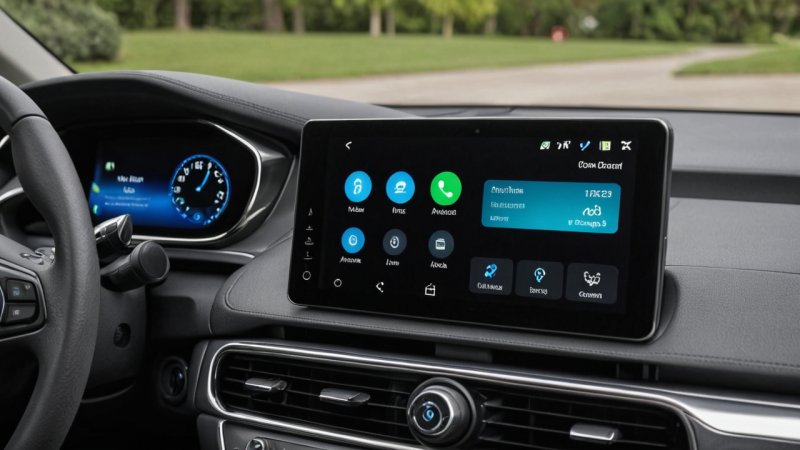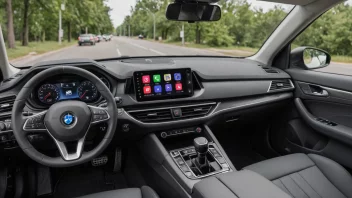In an era where technology seamlessly connects various aspects of our lives, the integration of smart home devices with automotive technology has gained significant traction. This convergence not only enhances convenience but also elevates safety and efficiency on the road. In this article, we will compare two popular methods for integrating smart devices with your car: using smart assistants like Amazon Alexa and Google Assistant, and utilizing dedicated automotive smart devices. Each method has its pros and cons, and understanding these can help you make an informed decision on how to enhance your driving experience.
Overview of Smart Assistants
Smart assistants have become a staple in many homes, serving as central hubs for controlling various smart devices. When integrated with your car, these assistants can facilitate voice-activated controls, navigation, and even manage tasks while you’re on the road.
Pros of Using Smart Assistants
- Voice Activation: Hands-free operation allows for safer driving.
- Home Integration: Control smart home devices directly from your car, such as adjusting thermostat settings or turning on lights.
- Compatibility: Works with a wide range of devices and services, providing flexibility in how you set up your smart environment.
Cons of Using Smart Assistants
- Dependence on Internet: Requires a stable internet connection for full functionality.
- Limited Vehicle Features: Not all car models support deep integration, limiting the extent of control.
- Privacy Concerns: Continuous listening raises potential privacy issues.
Overview of Dedicated Automotive Smart Devices
Dedicated automotive smart devices are specifically designed to enhance vehicle functionality and connectivity. These devices often come with unique features tailored for automotive use, such as GPS tracking, diagnostic tools, and enhanced audio systems.
Pros of Dedicated Smart Devices
- Specialized Features: Tailored functionalities like engine diagnostics and vehicle tracking.
- Robust Performance: Generally designed to withstand the automotive environment, ensuring durability and reliability.
- Enhanced Safety: Features such as automatic crash notifications can provide peace of mind.
Cons of Dedicated Smart Devices
- Cost: Often more expensive compared to using existing smart assistants.
- Complex Installation: May require professional installation, complicating the setup process.
- Less Flexibility: Limited to the functions the device offers, which can restrict customization.
Comparison of Features
When comparing smart assistants and dedicated automotive devices, it’s essential to consider the specific features that matter most to you as a user. Below is a breakdown of key features across both options:
| Feature | Smart Assistants | Dedicated Smart Devices |
|---|---|---|
| Voice Control | Yes | Limited |
| Home Device Control | Yes | No |
| Vehicle Diagnostics | No | Yes |
| GPS Tracking | Limited | Yes |
| Price Range | Low to Moderate | Moderate to High |
Usability and User Experience
User experience is another critical aspect to consider. Smart assistants provide a familiar interface that many users are already accustomed to, while dedicated devices may require more learning and adjustment time.
Smart Assistants
Using a smart assistant in your car is often as simple as linking your account and giving commands. Most users find this setup intuitive since they already engage with these platforms at home.
Dedicated Smart Devices
While dedicated devices can offer powerful features, the learning curve may be steeper. Users may need to familiarize themselves with new applications and functionalities, which can be daunting for some.
Final Thoughts: Which is Right for You?
Choosing between integrating smart assistants or dedicated automotive devices boils down to your individual needs and lifestyle. If you prioritize convenience and already utilize smart assistants in your home, integration into your car could enhance your daily routine significantly. On the other hand, if you’re looking for specialized features and robust performance, dedicated automotive smart devices may be the better choice. Ultimately, both options have their strengths and weaknesses, so consider what aligns best with your driving habits and technological preferences.






